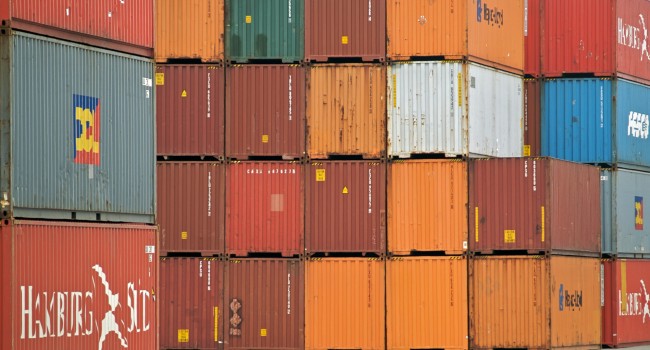Global material consumption, including consumption by both producers and consumers, has more than tripled since 1970 to 98 billion tonnes in 2022, and has caused increasing environmental impacts throughout the life cycle of materials and products. For example, material resource extraction and processing accounts for over 55% of climate change impacts, up to 40% of airborne particulate matter health impacts, 90% of water stress and 90% of land-use related biodiversity loss. Overconsumption needs to decrease to ensure that human activities and needs fit within the global capacity of our available natural resources. Reducing overconsumption is also necessary to ensure developing countries’ equitable access to resources. Some developing countries are facing underconsumption and undersupply of resources required for a better life.
Material footprint data shows that the global consumption of all material resources stagnated from 2011 to 2022. Moreover, in 2022, the 15 countries using the most material resources consumed 72% of the material footprint in the world. Nine of these countries increased their material footprint per capita from 2012 to 2022. Considering increases in population and rising affluence in developing countries in the future, significant changes in production and consumption habits will be required to reduce the global material footprint by more than half by 2050.
Affluence increase was the primary driver of the increase in global resource extraction between 2000 and 2022, followed by population increase as the second driver. Resource-efficient technologies adopted in this period could not offset the increase, while societies became more dependent upon resource-consuming technologies.
To transform the economy and decrease global overconsumption, changes in both production and consumption — or supply and demand — are necessary. Equally, it is important to rethink how the products and services we need are provided to people. Many would agree, for instance, that it is crucial to identify what products are essential or avoidable, but this has not yet been met with international consensus, even regarding single-use products. More collaborative action is necessary.
In order to track and enable accelerated change, it is necessary to raise stakeholders’ awareness and increase information and data sharing by producers. The proliferation of services contributing to dematerialization — such as sharing, subscription and digital streaming services — opens opportunities to avoid material consumption. Leadership from change agents is also important, as business leaders start new models for innovative resource reduction and consumer leaders practice attractive sustainable lifestyles using less resources. Regulation and economic incentives are also enablers that can offer fair competition in the economy and can be designed to incentivize producers and consumers to use less resources. Subsidies on resources such as fossil fuels drive down prices and do not reflect true costs; such subsidies that increase overconsumption have to be eliminated, while taking into consideration inclusiveness and equitable access to essential resources.
Watch a recording of this insightful discussion on how the world can transition from a “take-make-waste” economy to a circular economy – and in the process tackle climate change, protect biodiversity and promote equity.
